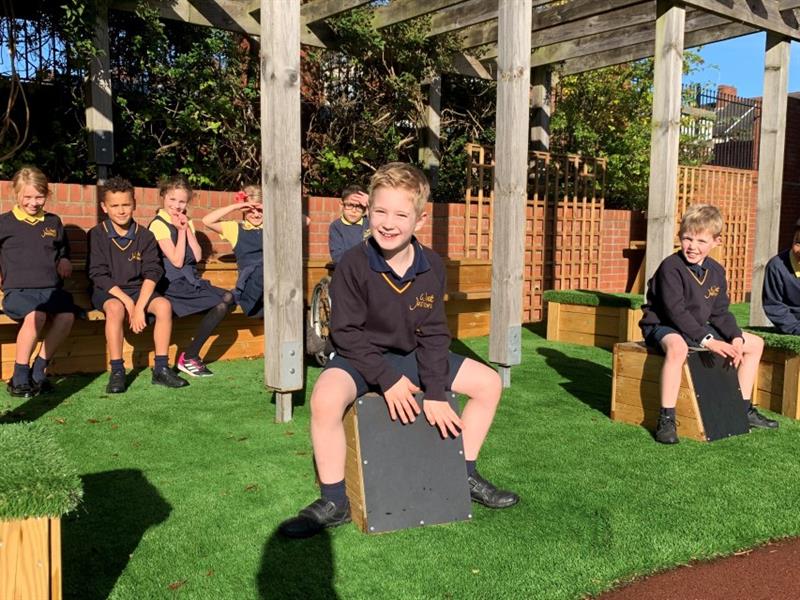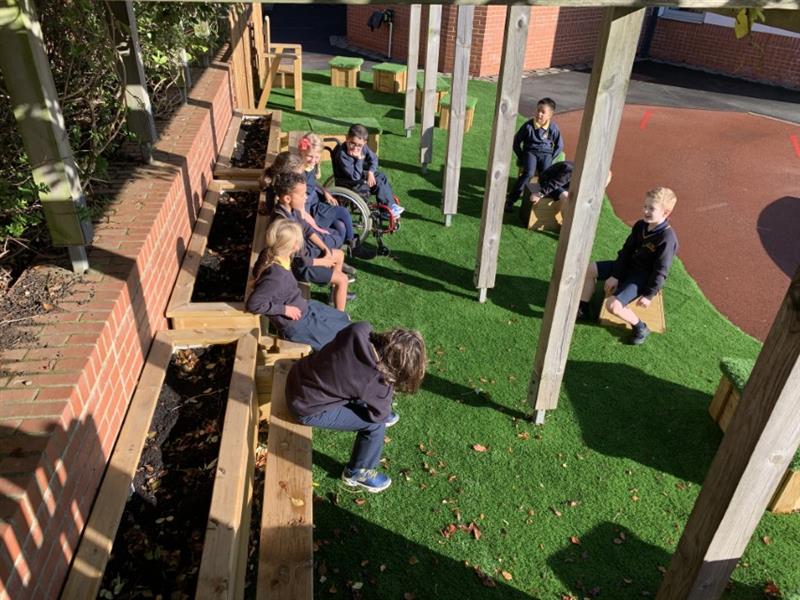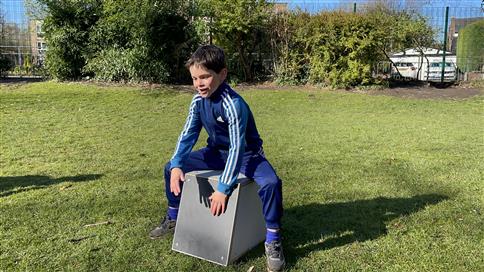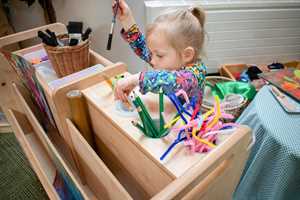Children's Health
The Power of Breath: Supporting Children's Mental Health and Wellbeing In School
Breathing. It’s something we do every day: we take around 25,000 breaths on average, but it can be taken for granted.
We’ve all experienced the feelings that comes when our breathing is affected, either when exercising, being unwell or through our emotions.
It’s our natural ‘go to’ tool when being supportive in calming others or when we’re mentally and physically preparing ourselves for exertion or encouragement.
When practised daily, breathwork is a powerful and highly effective strategy to support our mental health and wellbeing.
Just like all muscles in our bodies, our lungs need strengthening, too. Attempting to hike up a mountain with zero training is likely to be an uncomfortable experience for both your legs and lungs.
However, when you commit to a step by step training guide, you’re rewarded with a boost in your fitness and most importantly your mental health.

School is a place of encouragement and diverse learning; a place where children are nurtured and feel safe.
For some children, internal and external experiences can shape how they cope with the many emotions school can bring. It can be a place where these emotions can present themselves in many ways.
Teaching the skills of breathwork is more than asking children to take 3 deep breaths and expecting them to carry on their day in a calmer manner.
It’s a skill that can be utilised when you may not notice - when the spellings are making their stomachs flip, their nervous energy needs rebalancing or the school day isn’t as easy for them as it is for others.
A skill that will benefit them for life.
Before You Begin...

1. Recognise
Before practising the skill of using our breathing to calm our emotions or reconnecting us to the present moment, it’s important to recognise when our natural, relaxed breathing pattern changes.
Discussing feelings and our bodies’ reaction to these will provide the foundations that children will turn to when their emotions are triggered.
2. React
Our brain is incredible, but it can also play tricks on us. Each child will react differently to the same situation and so it’s important to respect that a child’s mind is not emotionally developed like that of an adult’s.
When we begin to feel worried or anxious, our body will instinctively react. Common symptoms could be displayed as the heart beating faster, feeling nauseous, tight chested, irregular breathing or dizziness.
Asking children to explain these symptoms or recognise that these may be linked to emotions can be tricky, but with an understanding of what may cause such symptoms, they will begin to recognise when these feelings start and in turn, will utilise the skill of breathwork as one of their calming methods.

3. Respond
How we respond to these feelings is fundamental to the success in children adapting positive methods when coping with stressful situations.
Incorporating a mindful practise into your daily routine will reward everyone who participates. It dedicates time for children to reconnect with themselves, the tasks ahead and creates a sense of calmness in association to learning.
Your practise can be done at any time of the day and anywhere. To truly heighten the senses and remove distractions, there is no better place than outdoors.
Utilising our Outdoor Classrooms will provide protection from the elements with the benefits of sensory simulation.
Product Spotlight
How To Practice The Power Of Breathe
Where do I start?
Lie on your back with your eyes closed and start by creating tension and stiffness to individual parts of your body. Hold this tension for 5 seconds whilst maintaining a natural breath throughout.
Work your way upwards from your feet, to your legs, then your back and stomach, arms, hands, shoulders, face and then your entire body. When you release the tension, allow your muscles and your body to relax and sink back into the ground.
This is a great way to teach children how to instantly reconnect and gain control of their powerful bodies and helps them to release tension. Next is to encourage breathing correctly and the benefits this brings.
According to James Nestor, author of Breath, ‘The perfect breath is this: Breathe in for 5.5 seconds, then exhale for 5.5 seconds. That’s 5.5 breaths a minute for a total of about 5.5 litres of air’
In a relaxed position - either sitting or lying down - place your hands on your lower chest area or diaphragm. An alternative way for children to understand this further and encourage participation is to rest or gently hold a soft toy in this area.
Guide your class on inhaling to expand your belly for 5 or 5.5 seconds and exhaling out for the same counts, focusing on maintain a smooth and natural flow. Once you feel that the children have established this method with little guidance, it will quickly become easier to incorporate it into your daily routine.
Settings that dedicate time to outdoor learning and teaching the importance of mindfulness found that not only did children’s academic achievements show progress but overall, their attitudes and responses to challenging or reflective moments improved.
The beauty of being outdoors and taking time to focus on our wellbeing will only result in a positive impact to a child’s journey through education.
If you’d like to transform your outdoor learning environment to improve your children’s educational play experience, please Contact Us for a free, no-obligation consultation with one of our expert playground consultants.
We have a fantastic range of school playground equipment and playground surfacing solutions, that fully support the curriculum outdoors.





